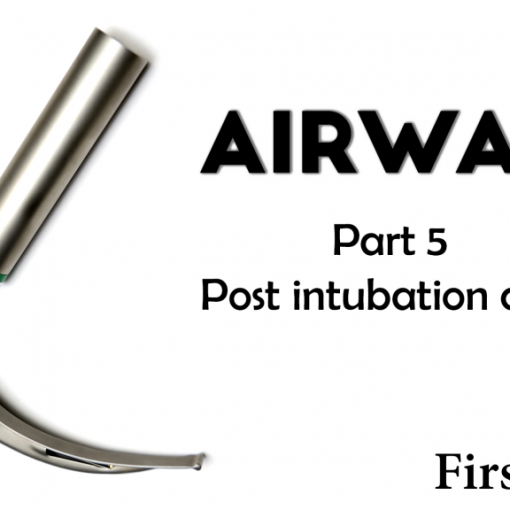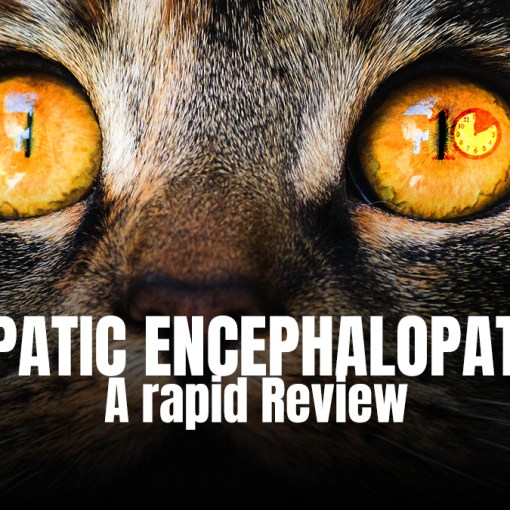Morgenstern, J. No, you don’t need to order an MRI in first episode psychosis, First10EM, February 12, 2024. Available at:
https://doi.org/10.51684/FIRS.133808
Usually, I reserve stand alone blog posts for high quality papers. Usually, garbage science is either ignored, or reserved for brief mentions in the Research Roundups. However, the conclusion of this paper, which states “it is becoming increasingly difficult to justify not making MRI a mandatory part of the clinical assessment of [first episode psychosis]”, was just too problematic for emergency medicine for me to pass up.
The paper
Blackman G, Neri G, Al-Doori O, Teixeira-Dias M, Mazumder A, Pollak TA, Hird EJ, Koutsouleris N, Bell V, Kempton MJ, McGuire P. Prevalence of Neuroradiological Abnormalities in First-Episode Psychosis: A Systematic Review and Meta-analysis. JAMA Psychiatry. 2023 Oct 1;80(10):1047-1054. PMID: 37436735
The Methods
This is a systematic review and meta-analysis looking at the rate of abnormalities on MRI in patients with first episode psychosis. The study was registered on PROSPERO. (CRD42020140917)
The Results
After an initial search that identified 1682 citations, they found a total of 12 studies that were eligible with a total pool of 1613 patients. Studies were all observational. The mean age in most studies was between 20 and 30, but there were a couple studies with a mean age of 60.
For their primary outcome, they found that the overall prevalence of MRI abnormalities was 26.4%, with a high degree of heterogeneity. The pooled prevalence of ‘clinically relevant’ MRI findings was 5.9%.
My thoughts
Reading that conclusion, I will admit, I was very biased against this paper from the outset. The headline result, which was that 1 in 4 patients with first episode psychosis have abnormalities on MRI, was just ridiculous. There was no way that anywhere close to 25% of patients were going to have a clinically important finding. My immediate thought was that these results were probably just selection bias, such that MRIs were only ordered in high risk patients. If that were the case, this paper would have been pretty boring, and likely would not have warranted its own write up. However, 10 of the 12 studies specifically excluded any patients in whom a secondary cause of psychosis was suspected. That caught my attention, and forced me to be skeptical of my skepticism. Is it possible that we are overlooking organic disease in a significant proportion of these patients? Given that psychosis is a relatively vague and heterogenous syndrome, without a fully understood etiology, it is certainly possible.
However, despite putting aside my initial biases and reading this paper carefully, it turns out that this data is still mostly garbage. There is still no information about how these patients were enrolled, so despite excluding patients with abnormal physical exam findings, selection bias (in which MRI is only ordered in patients in whom doctors were concerned about organic disease) is still highly likely. Furthermore, MRI is notoriously over-sensitive, and prone to both false positives and overdiagnosis. For example, MRI abnormalities of the spine are found in about 40% of health asymptomatic 20 year olds and close to 100% of healthy asymptomatic 80 year olds. (Brinjikji 2015) Choosing ‘all MRI findings’ as the primary outcome of a meta-analysis is ridiculous, as we know that the majority of findings will be clinically irrelevant, but that is exactly what these authors chose to do.
The authors might argue that they also included ‘clinically relevant MRI findings’, even if it was a secondary outcome. However, we would then need to assess their definition of ‘clinically relevant’. This meta-analysis does not have access to individual patient data. They don’t know what happened to these patients. Their definition of ‘clinically relevant’ included any patient that received a referral based on the results of the MRI. Excuse me? What if every single one of those referrals resulted in a note that said “don’t worry, that MRI finding is completely meaningless (also, please stop ordering pointless MRIs and sending all the patients for pointless neurology consults afterwards)”? Did any of these referrals actually result in a change in management? We have no idea based on this analysis, which makes this analysis basically worthless.
However, we can make an educated guess, and it seems highly likely that none of these MRI findings were actually clinically relevant. In fact, they basically tell us this in their discussion. “Interestingly, we found the prevalence of brain tumors in FEP was very low (with the estimated NNA to detect 1 tumor of around 1000) despite this being one of the main concerns of psychiatrists.” In other words, the reason these MRIs were being ordered was essentially never present.
So what was being found on these MRIs? It is hidden in the supplemental data, but essentially all of the findings were white matter abnormalities (7.9%), vascular abnormalities (2.3%), atrophy (3.7%), or cysts (2.4%). These findings are essentially never acted upon, and are extremely unlikely to be the cause of psychosis. In contrast, the prevalence of tumors was 0.1% and pituitary abnormalities was 0.0%. Furthermore, essentially all of the tumors were from a few studies with unusual patient populations.
The data is incredibly heterogeneous, and most of the interesting facts are hidden in the supplementary data. For example, most of the studies that included healthy controls showed no difference in the rate of abnormalities. (Incidental findings are very common on MRI.) However, there were a few outliers with very high risk ratios. Those studies were outliers in other ways as well. For example, the two studies with the highest risk ratios were also the only two studies with elderly patients (mean age of 59 and 60). Furthermore, these patients had been psychotic for between 1 and 2 years before the MRI was obtained. These obviously aren’t your average first episode psychosis patients. Elderly patients with prolonged, atypical first episodes of psychosis definitely seem to warrant a greater medical workup (although, even then, the minor white matter changes found here were probably still mostly incidental).
To add to the heterogeneity, about half of the included studies performed the MRI for research rather than clinical purposes, and none of the studies did what is really needed to answer this question, which is to routinely MRI a consecutive sample of every patient with first episode psychosis.
This meta-analysis only looked at aggregate data, and so cannot comment on the role of patient characteristics. It seems very likely that MRI abnormalities would have been predicted by patient factors, such as age and comorbidities, and selective rather than routine use of MRI would have been the suggestion if that data was available.
Bottom line
In patients with first time psychosis for whom there is any concern about an organic cause, it is reasonable to perform an MRI. This data demonstrates a very low rate of clinically important findings, and almost no findings that appear urgent. MRI should not be performed in an emergency setting, and can be arranged as an outpatient if the psychiatrist or primary care physician thinks it is necessary.
Other FOAMed
Routine laboratory testing is not required prior to admission of psychiatric patients
Evidence based medicine is easy
Evidence based medicine resources
References
Blackman G, Neri G, Al-Doori O, Teixeira-Dias M, Mazumder A, Pollak TA, Hird EJ, Koutsouleris N, Bell V, Kempton MJ, McGuire P. Prevalence of Neuroradiological Abnormalities in First-Episode Psychosis: A Systematic Review and Meta-analysis. JAMA Psychiatry. 2023 Oct 1;80(10):1047-1054. doi: 10.1001/jamapsychiatry.2023.2225. PMID: 37436735
Brinjikji W, Luetmer PH, Comstock B, Bresnahan BW, Chen LE, Deyo RA, Halabi S, Turner JA, Avins AL, James K, Wald JT, Kallmes DF, Jarvik JG. Systematic literature review of imaging features of spinal degeneration in asymptomatic populations. AJNR Am J Neuroradiol. 2015 Apr;36(4):811-6. doi: 10.3174/ajnr.A4173. Epub 2014 Nov 27. PMID: 25430861
Image by Michal Jarmoluk from Pixabay







3 thoughts on “No, you don’t need to order an MRI in first episode psychosis”
Wonderful analysis Dr. Morgenstern!! I cannot but agree with all of your points here! Thank you for this critique!
In the UK our psychiatry colleagues have learnt that autoimmune encephalitis can present as first episode psychosis and are requesting full work up for this with MRI, EEG and LP before concluding that it may be a psychiatric problem. And in the meantime these distressed patients remain on medical wards without access to proper symptomatic therapies. However this conclusion is based upon some UK data that shows a low but not zero prevalence of antibodies in neurologically stable inpatient psychotic populations even though this was not statistically different to a control population. Unfortunately this has led to physicians pre-empting this and ordering MRI EEG and LP before even consulting psychiatry now. Which is a shame.
Obviously politics are different everywhere, but my response would probably be something like, “This patient has a primary psychiatric presentation with no current indication of neurologic disease. At present, the risks of lumbar puncture outweigh the chance of an underlying encephalitis. The patient is currently medically cleared for psychiatric admission, but if their clinical status changes, neurology can always be consulted during their psychiatric stay.”